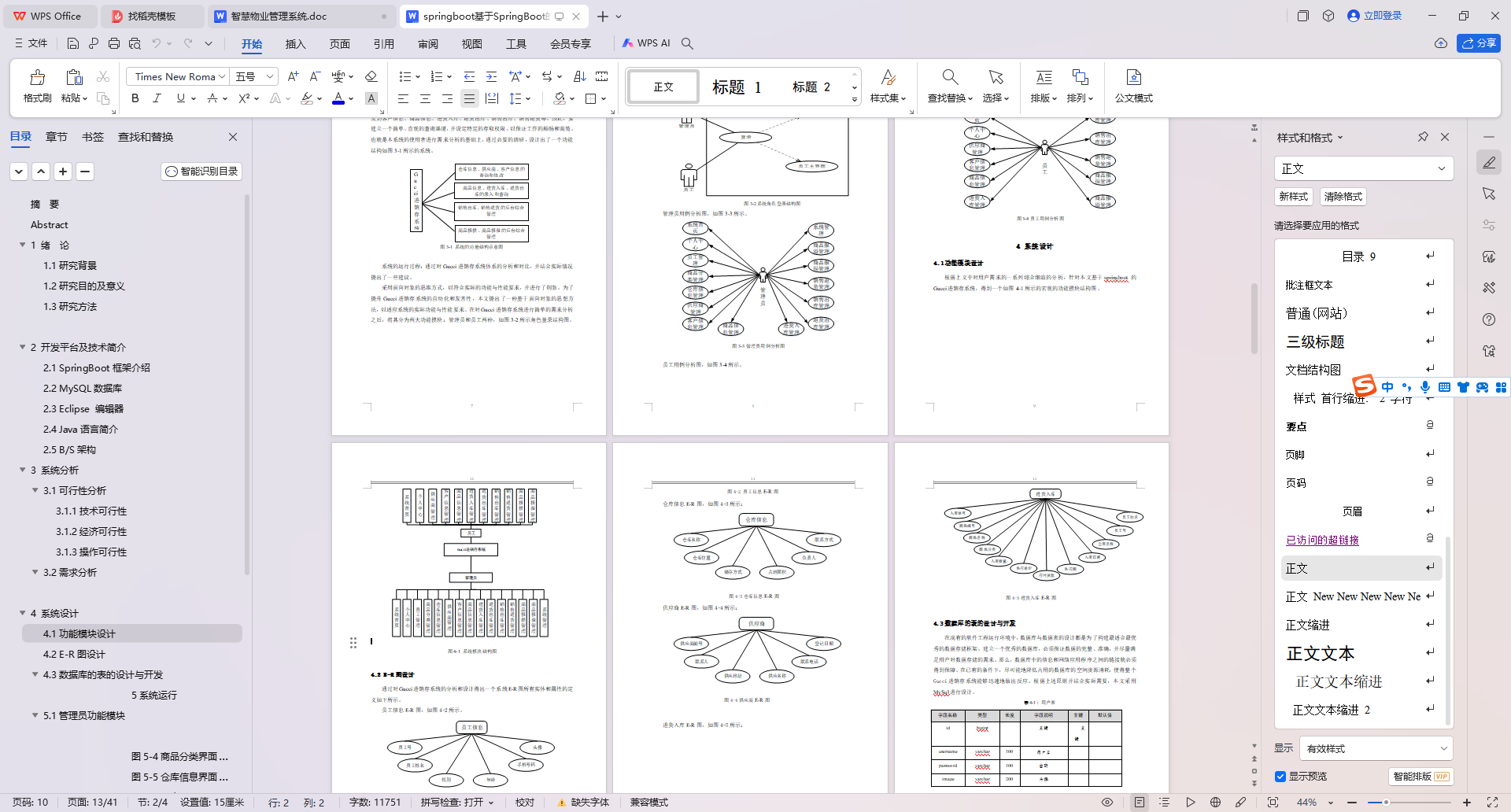Flux.jl 搭建神经网络基本流程
using Flux, Statistics
# 生成XOR问题的数据
noisy = rand(Float32, 2, 200) # 2×200的矩阵
truth = [xor(col[1] > 0.5, col[2] > 0.5) for col in eachcol(noisy)] # 200元素向量
target = Flux.onehotbatch(truth, [true, false]) # 2×200的OneHotMatrix
# 定义模型,一个具有3个隐藏层的多层感知器
model = Chain(
Dense(2 => 3, tanh), # 使用tanh激活函数
BatchNorm(3), # 批量归一化
Dense(3 => 2) # 输出层
)
# 模型输出
out1 = model(noisy)
probs1 = softmax(out1) # 使用softmax函数获取概率
# 为训练准备目标数据
# 创建数据加载器
loader = Flux.DataLoader((noisy, target), batchsize=64, shuffle=true)
# 设置优化器
optim = Flux.setup(Flux.Adam(0.01), model) # Adam 策略随机梯度方法
# 训练循环,遍历整个数据集1000次
losses = []
for epoch in 1:1000
for (x, y) in loader
loss, grads = Flux.withgradient(model) do m
y_hat = m(x)
Flux.logitcrossentropy(y_hat, y)
end
Flux.update!(optim, model, grads[1])
push!(losses, loss)
end
end
# 训练后的模型输出
out2 = model(noisy)
probs2 = softmax(out2)
# 计算准确率
accuracy = mean((probs2[1,:] .> 0.5) .== truth)
println("Accuracy: $(accuracy * 100)%")
using Plots # to draw the above figure
p_true = scatter(noisy[1,:], noisy[2,:], zcolor=truth, title="True classification", legend=false)
p_raw = scatter(noisy[1,:], noisy[2,:], zcolor=probs1[1,:], title="Untrained network", label="", clims=(0,1))
p_done = scatter(noisy[1,:], noisy[2,:], zcolor=probs2[1,:], title="Trained network", legend=false)
plot(p_true, p_raw,layout=(1,3), size=(200,330))
输出分类效果


![[单master节点k8s部署]26.Istio流量管理(二)](https://i-blog.csdnimg.cn/direct/244e73a03cfb484fa7ed395470424462.png)

















